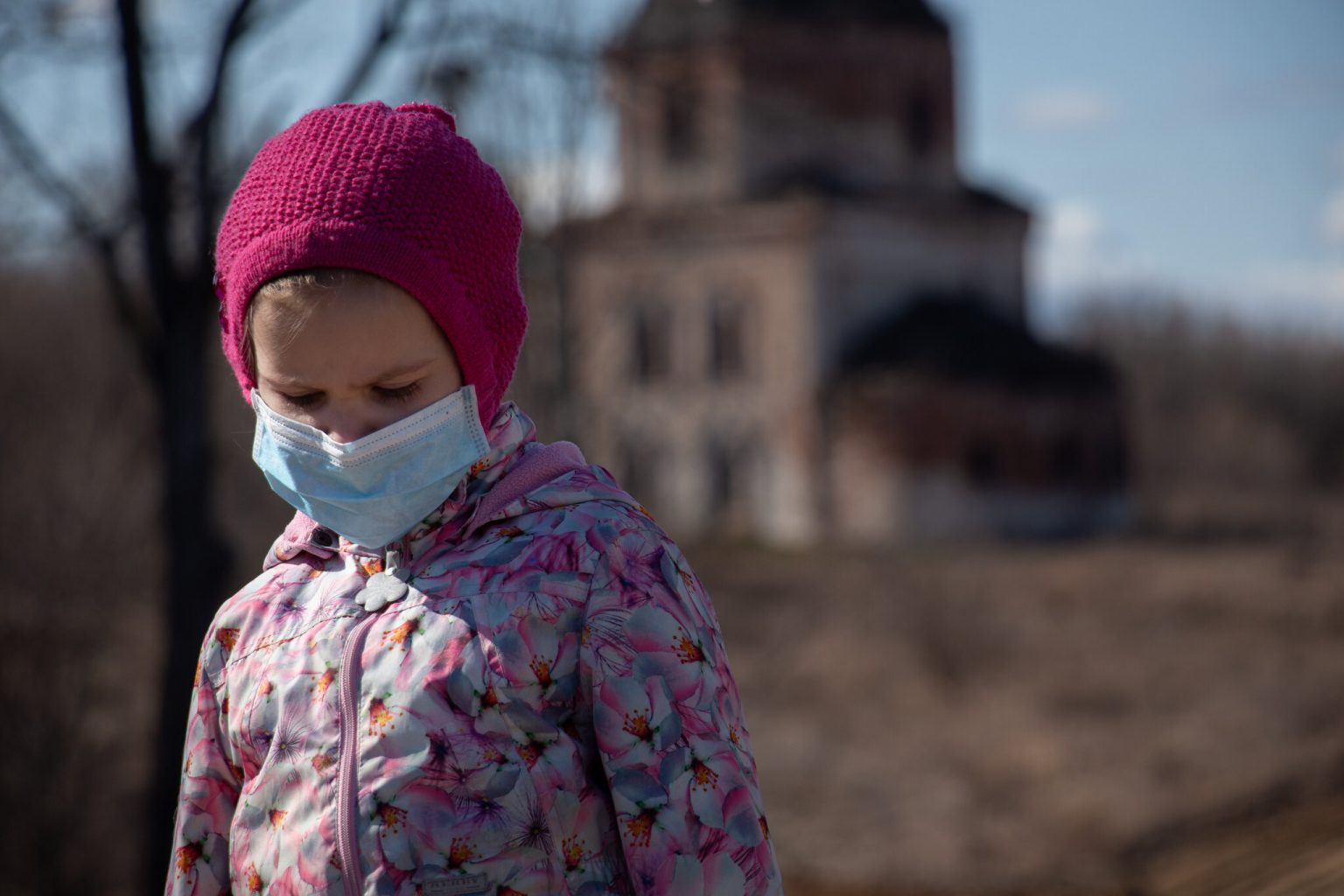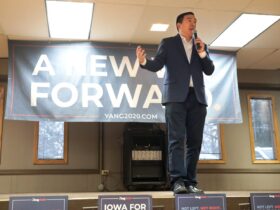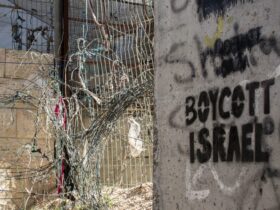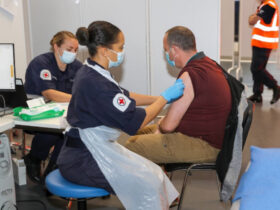Most of the time the economy isn’t taken seriously. We on the left sometimes talk about unemployment and the need to get aid into the hands of the poor and working class. But the economy is the source of revenue for state governments, and state governments crucially fund our public school systems. On May 29th, the National Conference of State Legislators revised their projections of the budgetary consequences of the COVID-19 pandemic. The result is this: the lockdowns are throttling that vital state revenue.
The numbers are very preliminary and many states aren’t yet committing to them, but these projections could worsen rapidly, especially when the federal government’s unemployment aid runs out and the unemployed begin spending even less than they already are. Sales tax receipts are in shambles. Many states are still hoping this recession will be V-shaped—a sharp rise after a sharp drop—and are not taking seriously the projections which call for contractions of 30% or more in GDP. It’s going to hit revenue, and it’s going to hit it hard.
To make matters worse, many U.S. states have balanced budget requirements. These requirements commit state governments to running their economies at a net gain, regardless of the economic conditions. This means that when revenue plummets, expenditures must follow. It also means that whenever there is a major recession, it quickly develops into a vehicle for slashing public services. As of 2015, 46 states have such balanced budget requirements and 37 have them embedded in their state constitution, making them very difficult to remove. This leaves the states with no budgetary flexibility. They can only avoid making draconian cuts to public services if they receive a massive injection of federal aid.
We’ve seen this before. In 2008, state revenues plummeted, and balanced budget requirements were used to extract deep cuts, especially to schools and pension programs.
Barack Obama promised aid to the states in the American Recovery and Reinvestment Act, but that aid proved insufficient to handle the scale of the disaster. The administration underestimated the severity of the crisis, and when it tried to get additional aid from congressional Republicans in 2011, it was shown the door.
What followed was an unprecedented public education disaster.
Let me walk you through one state I know well—my home state of Indiana. If you look at the raw numbers, it doesn’t appear that Indiana’s schools were hit that hard after 2008. They suffered only a 1.5% contraction in spending between then and 2015.
But even holding inflation-adjusted expenditure per student flat has its costs. In the immediate wake of the 2008 crash, Governor Mitch Daniels cut state funding by $300 million. Many school districts wanted to make up the shortfall with emergency local levies. But Daniels made this difficult by requiring a referendum before any emergency local revenue could be raised. In the depths of the recession, many school districts feared failure at the ballot box. So instead of holding referendums immediately, they waited.
The consequences came fast. At my former public school district, older, more experienced, and more expensive teachers were given incentives to retire early, allowing them to fill the spots with inexpensive new hires. This quickly exhausted supplies of young educators, and by the mid 10s, superintendents throughout the state were complaining of teacher shortages.
The fact of the matter was that the state wasn’t paying enough to attract people to the profession in sufficient numbers to meet demand. Salaries needed to be made, and that meant spending more money. By 2013, then-governor Mike Pence made it clear that he was not interested in raising salaries. Instead, he lowered the qualifications necessary to teach in Indiana, and shoveled piles of money into voucher programs.
Eventually, more local districts managed to pass referendums and raise the needed funds, but by that point they also faced severe infrastructure shortfalls. The money was subsequently spent on buildings, not people.
A decade later, Indiana is still living with the results. There is still a teacher shortage, and the state government continues to starve public schools while shunting students into private schools through the voucher program, instead. 92% of districts reported shortages as recently as last year, and 52% report having to hire candidates missing the appropriate licensing for the jobs in question. The public schools don’t have enough administrative staff, and what they do have is under-trained. Beleaguered parents increasingly have no choice but to resort to the voucher program, which keeps the state’s total spending statistics looking superficially healthy.
In the past few years—in Indiana and throughout the country—Red For Ed has tried to reverse the decline. This past November, nearly half of Indiana’s schools closed as teachers demanded greater investment in public education. In some states, striking teachers managed to extract salary increases. These successes were promising, but at the time the coronavirus hit, there was still a great deal of work left to be done. Now, states will once again resort to the excuse of being fiscally hamstrung by their own balanced budget requirements. Cuts will be made and spending will decline, even as the scale of the economic disaster becomes plain for everyone to see.
Such cuts will be even easier to make if schools do not reopen in the fall. Teachers understandably want to protect themselves, their friends, and their families from the virus, but if schools remain closed, those teachers will not be able to use the threat of a strike to resist the coming cuts. Instead they will be made while teachers sit at home.
There will be large-scale movement of affluent students out of the public system and into the private.
If the schools don’t come back, parents—especially working parents—will need to find some alternative way of keeping their kids busy. Class will play a decisive role in the set of alternatives available to them. If public schools do not re-open, many private schools will. There will be large-scale movement of affluent students out of the public system and into the private, especially in states with extensive voucher programs. Those students may never return to the public system, weakening it permanently.
Wealthy families will hire private tutors. With many universities freezing hiring and piles of PhD graduates looking for work, it will become easier for affluent families to make bespoke arrangements. Eventually, some enterprising Silicon Valley kid will build an Uber for private tutoring.
Poor and working parents won’t have easy access to these things. Their kids will be stuck at home in an endless summer slump. Many will be left unsupervised for extended periods of time. Crime rates tend to spike in the summer, when vulnerable teenagers are most often left to their own devices. We will see more of that, for longer.
This won’t just affect students next year, it could establish new patterns of education in the United States that permanently and irreversibly rip open huge gaps in the educational experience of the rich and the poor. For many years now, we have been moving toward a two-tier system, in which the rich get private schools supplemented by bespoke tutoring arrangements and the poor are left with a public system that is increasingly overstretched and run down, with little to supplement it. Coronavirus could accelerate this, turning the public system into a glorified daycare program for the left behind and facilitating the development of the private sector into the only source of real, quality education in the country.
We must not allow coronavirus to strangle the life out of our public schools. We need to insist on vast amounts of federal aid to the states, to enable them to ride out the recession without making funding cuts. We also need to get the public schools up and running as fast as we can, to keep state governments dependent on them. If affluent parents find other ways to keep their kids busy, they won’t be invested in the system in the years and decades to come, and it will become even easier to cut the public system to the bone. We have to keep the affluent parents in the system, and that means we have to keep the schools running. The future of the system depends on it. If teachers don’t come back to their jobs for the 2020-2021 school year, nothing will ever be the same again, and the change won’t be for the better.
It gives me no pleasure to say any of this. But the balanced budget requirements we’ve foolishly allowed our states to pass over the years enable every economic crisis to become an existential threat to our public sector. As soon as there’s any fall in revenue, the gloves come off. We are stuck in a losing war to save what’s left of a decaying system. Capitalism will keep producing economic crises, and those crises will continue to hit revenue, and every time revenue is hit the states will chew on the bones of the public sector, until the marrow is gone and there is nothing left to nibble.
The left has ignored this, writing off worries about lockdowns affecting the economy as putting “profits before people“. But our system is insidious. It ensures that every time there is damage to profit, the people pay the price. When the economy is hit, you may not have stocks to worry about. You might not lose your job. But the public services we all depend on? They get it. Every time. Until we demand a better economic system, this will happen again and again and again.









